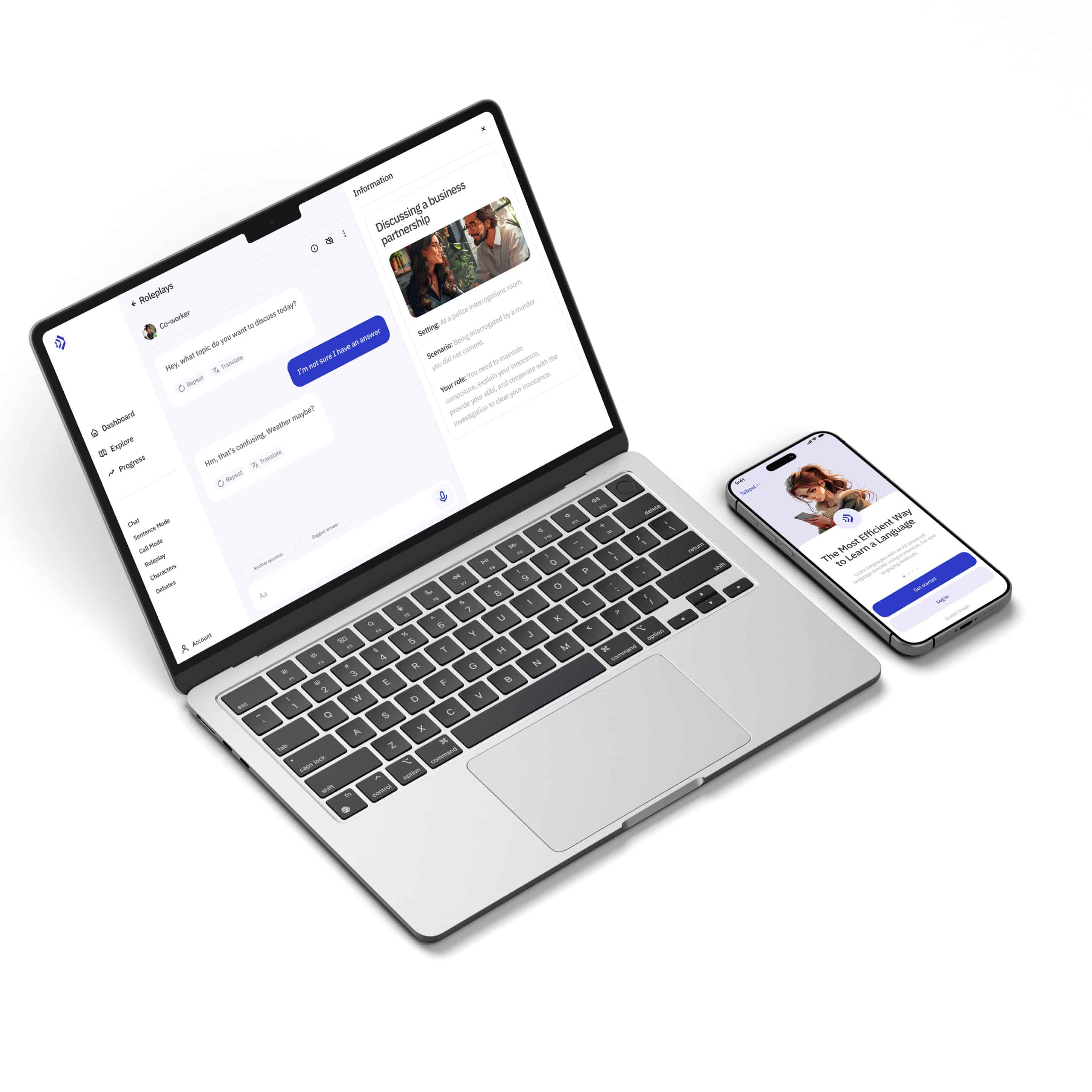Personal pronouns are a fundamental aspect of the English language, and understanding them is crucial for effective communication. These small but mighty words can greatly impact the clarity and tone of your sentences. Whether you are a beginner or an advanced learner, mastering personal pronouns is essential. This article will explore the various types of personal pronouns, their uses, and some common mistakes to avoid.
What Are Personal Pronouns?
Personal pronouns are words used to replace specific nouns, typically names of people, places, or things, to avoid repetition and make sentences sound more natural. The most common personal pronouns in English are: I, you, he, she, it, we, and they. These pronouns can be classified based on three main criteria: person, number, and case.
Person
The concept of “person” in grammar refers to the perspective from which a sentence is expressed. There are three grammatical persons:
1. **First Person**: This refers to the speaker or speakers. The first-person pronouns are I (singular) and we (plural).
2. **Second Person**: This refers to the person or people being spoken to. The second-person pronoun is you. Interestingly, “you” can be both singular and plural.
3. **Third Person**: This refers to the person or people being spoken about. The third-person pronouns are he, she, and it (singular) and they (plural).
Number
Number indicates whether a pronoun is singular or plural:
– **Singular**: I, you, he, she, it
– **Plural**: we, you, they
Case
Case refers to the function of a pronoun within a sentence. There are three cases in English: subjective, objective, and possessive.
1. **Subjective Case**: When the pronoun is the subject of the sentence. For example:
– I went to the store.
– She is reading a book.
– They are coming over.
2. **Objective Case**: When the pronoun is the object of the sentence, either as a direct object, indirect object, or the object of a preposition. For example:
– The teacher called me.
– He gave her a gift.
– We are waiting for them.
3. **Possessive Case**: When the pronoun shows ownership or possession. For example:
– That is my book.
– The dog wagged its tail.
– This is their house.
Types of Personal Pronouns
To fully grasp the concept of personal pronouns, it’s essential to delve deeper into their various forms and uses.
Subjective Pronouns
Subjective pronouns are used when the pronoun is the subject of the sentence. These pronouns perform the action of the verb. Here’s a quick list:
– I (first person singular)
– You (second person singular and plural)
– He, She, It (third person singular)
– We (first person plural)
– They (third person plural)
Examples:
– I am going to the market.
– You are invited to the party.
– He loves to play soccer.
– She is an excellent singer.
– It is raining outside.
– We are planning a trip.
– They have finished their homework.
Objective Pronouns
Objective pronouns are used when the pronoun is the object of a verb or preposition. These pronouns receive the action of the verb. Here’s a quick list:
– Me (first person singular)
– You (second person singular and plural)
– Him, Her, It (third person singular)
– Us (first person plural)
– Them (third person plural)
Examples:
– The manager called me.
– I will meet you at the cafe.
– She gave him a present.
– The teacher asked her a question.
– The cat chased it.
– Please join us for dinner.
– The coach praised them.
Possessive Pronouns
Possessive pronouns show ownership or possession. They can be used independently or as adjectives. Here’s a quick list:
– Mine (first person singular)
– Yours (second person singular and plural)
– His, Hers, Its (third person singular)
– Ours (first person plural)
– Theirs (third person plural)
Examples:
– This book is mine.
– Is that car yours?
– The decision was his.
– The victory was hers.
– The cat licked its paw.
– The house on the corner is ours.
– The choice is theirs.
Common Mistakes with Personal Pronouns
Even native English speakers sometimes make mistakes with personal pronouns. Here are a few common errors and tips on how to avoid them:
Mismatched Pronouns
One common mistake is using a pronoun that does not agree in number with its antecedent (the noun it replaces). For example:
– Incorrect: Each of the students must bring their book.
– Correct: Each of the students must bring his or her book.
Confusing Subjective and Objective Pronouns
Another common error is using subjective pronouns in the place of objective pronouns, and vice versa. For example:
– Incorrect: Him and I went to the store.
– Correct: He and I went to the store.
– Incorrect: The gift is for she and I.
– Correct: The gift is for her and me.
Using Possessive Pronouns Incorrectly
Possessive pronouns are often confused with contractions. For example:
– Incorrect: Its a beautiful day.
– Correct: It’s a beautiful day. (“It’s” is a contraction for “it is”)
– Incorrect: The dog wagged it’s tail.
– Correct: The dog wagged its tail. (“Its” is the possessive form)
Practical Tips for Mastering Personal Pronouns
Mastering personal pronouns involves both understanding their grammatical rules and practicing their use. Here are some practical tips:
Practice Regularly
The more you use personal pronouns, the more natural they will become. Try to write sentences or short paragraphs focusing on using different types of personal pronouns.
Read and Listen
Reading books, articles, and listening to native speakers can help you see and hear personal pronouns in context. Pay attention to how they are used and try to mimic those patterns in your own speech and writing.
Use Grammar Exercises
There are numerous grammar exercises available online that can help you practice personal pronouns. These exercises can provide immediate feedback and help reinforce your understanding.
Ask for Feedback
If you have someone who can review your writing or speaking, ask for feedback on your use of personal pronouns. They can help identify any errors and provide suggestions for improvement.
Conclusion
Personal pronouns are an essential part of the English language, helping to make communication clearer and more efficient. By understanding their types, uses, and common mistakes, you can improve your language skills and become a more effective communicator. Practice regularly, pay attention to usage in context, and seek feedback to master the use of personal pronouns. With time and effort, you’ll find that using personal pronouns becomes second nature, enhancing both your written and spoken English.








